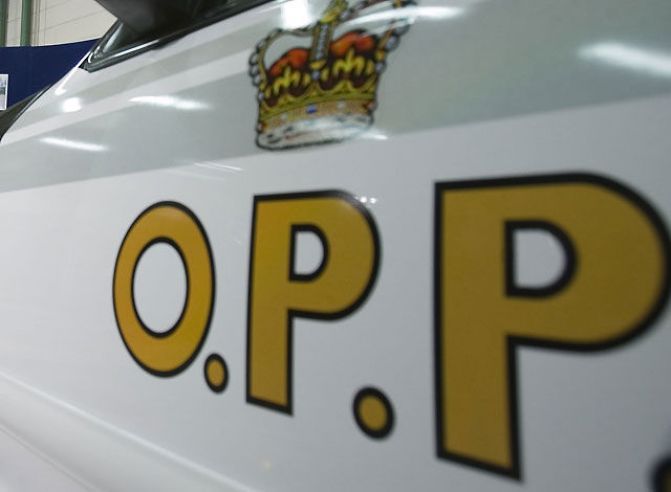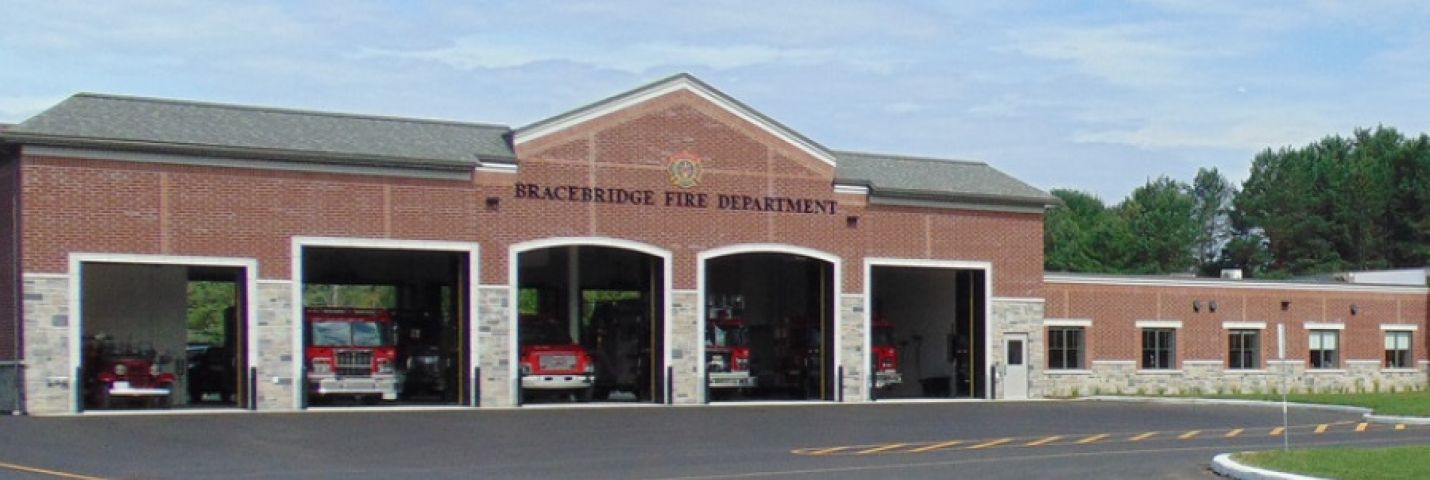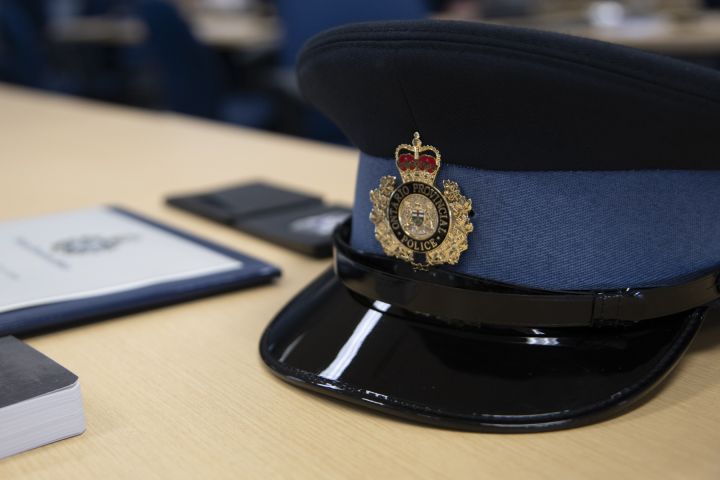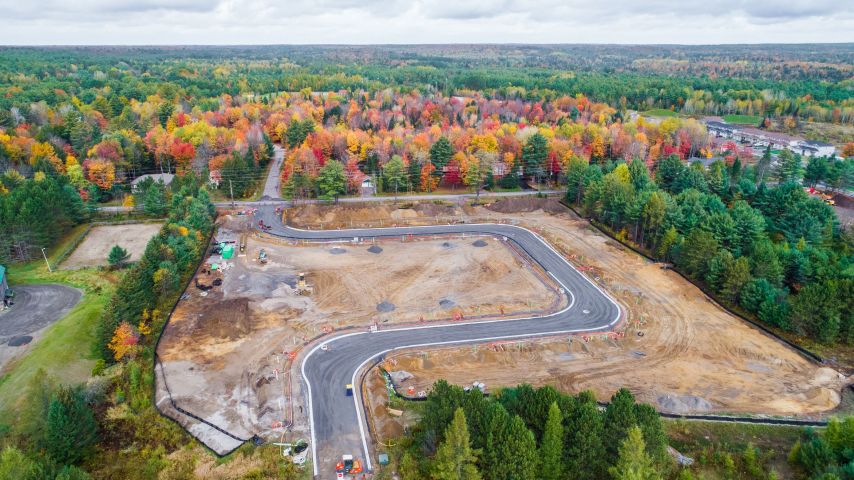
OPP are currently investigating a death in the Village of South River.

The Almaguin Highlands OPP laid multiple charges after an assault investiga...

The Bracebridge Fire Department are advising the public that they will be c...

The Almaguin Highlands OPP with the assistance of the Ontario Lottery and G...

Huntsville General Committee announced they were approved for funding for a...

Huntsville General Committee approved a Housing Needs Assessment (HNA) requ...
Hunters Bay Radio is Muskoka’s not-for-profit Community Radio Station and the only radio station in Muskoka that is truly locally owned. We operate with a contingent of over 50 staff and volunteers. We fill a void in the local media by providing a wide variety of music and community programming, not otherwise available in the region.